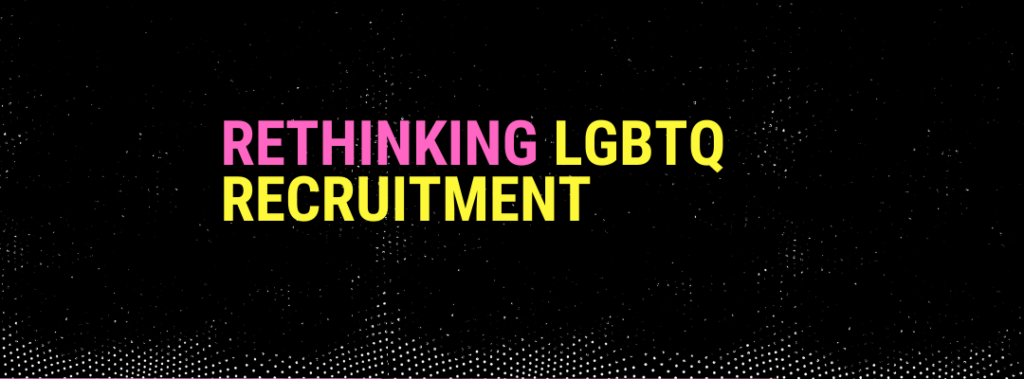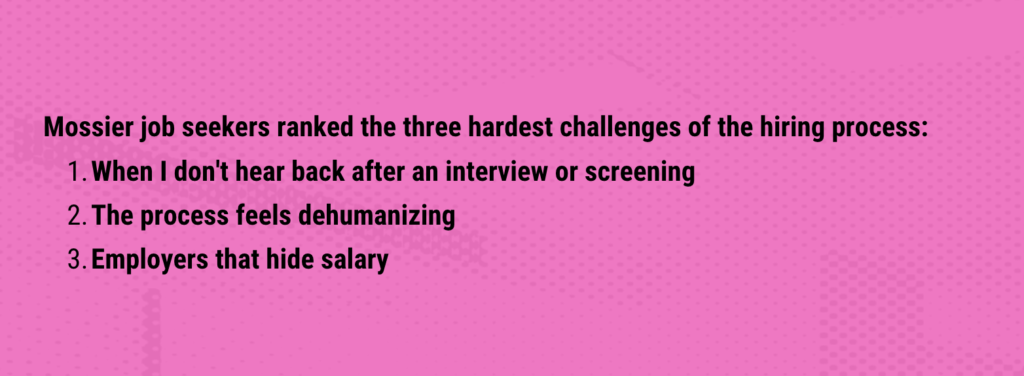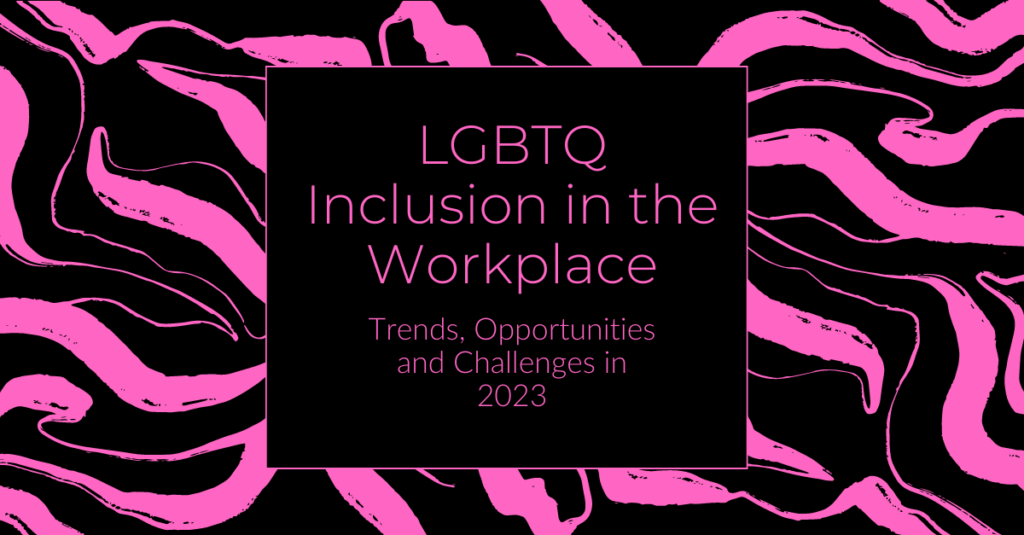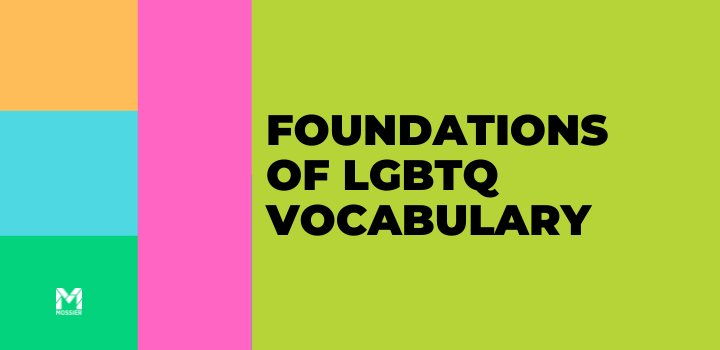
Rethinking LGBTQ recruitment
Let’s assume that you’ve nailed modern recruiting basics like a mobile-first approach to outreach, your job postings aren’t packed with insider language, and you transparently share respective salary ranges. COVID-19 accelerated changes in our workforce, and let’s face it: If your potential hires have shifted their ideas around working, then why are people recruiting like it’s 1995? Let’s rethink recruiting with three human-centered, relationship-building, and sustainable strategies that you can start literally today.
Center identity and intersectionality when you share your organization’s inclusion story. Candidates shouldn’t have to ask you about how your organization’s culture accepts Queer people; instead, celebrating inclusion should be core to your convo. This approach points to the candidate’s humanity as a priority, and when you’re forthcoming, candidates are less likely to shy away from questions that may out themselves, or in some cases, even nervous about applying because they don’t feel qualified (yes, it’s a thing with many LGBTQ people).

Rethink what success looks like. Because you are centering equity in your recruiting, you’re developing a pool of talent that looks like the society around you. Candidates have already made this shift and gravitate to the orgs that have done so, too. How are you going to rethink success? Valuing relationships over reqs asks you to look at new ways to set and measure goals because your goals should evolve as much as the changes in our workforce. It’s more complex than the numbers game of the past, and it may be harder to measure. Work with your ERG leaders and other hiring managers to understand what you should consider as you develop a new approach.
Spend more effort nurturing relationships with passive candidates. It’s about connection to your community and developing deep, authentic relationships with future hires. Consider from the outside looking in, what does your org do to support the LGBTQ community? What role do you have in building trust with candidates? What makes all of this believable to candidates?
Passive candidates may not be looking for a job today, however, you have a chance to create a sustainable stream of well-networked talent that trusts your organization. Bring senior leaders into the convo, continue the connections throughout the year, and don’t stop with LGBTQ people. Go directly to underrepresented groups with vulnerability: you want to bring more diversity into your organization and you’re asking for their guidance. Consider outreach to LGBTQ hiring events, volunteering with LGBTQ organizations, and sponsoring a networking event like Lavendar’s First Thursday.
You can start this right away, too. Mixing different economic backgrounds and levels of education, cultures, skills, races, gender, gender identities and sexual orientations are what create the foundation of rich workplace culture. And if you’re looking for more, don’t forget to sign up to attend February’s meetup, What a Queer Wants.





